Why Cleaning Your CPAP Equipment and Maintaining Regular Replacements is Essential
The Importance of Cleaning Your CPAP Equipment
Continuous Positive Airway Pressure (CPAP) therapy is a lifeline for those managing sleep apnea. However, to ensure its effectiveness and protect your health, maintaining a clean CPAP system is critical. Neglecting to clean your CPAP equipment, especially the humidifier, can lead to health risks, discomfort, and reduced equipment lifespan.
1. Health Risks of Unclean CPAP Equipment
Your CPAP equipment, including the mask, tubing, and humidifier, comes into close contact with your respiratory system. Over time, this creates a breeding ground for:
- Bacteria and Mold: Moisture from the humidifier and condensation in the tubing can lead to mold and bacterial buildup, increasing the risk of respiratory infections, sinus issues, and allergies.
- Dust and Debris: Accumulation of dust or skin oils can irritate your skin and airways, reducing the comfort and safety of therapy.
- Odors: Failing to clean your equipment can result in unpleasant smells that disrupt your sleep experience.
2. The Humidifier: A Crucial Component
The humidifier adds moisture to the air delivered by your CPAP machine, preventing dry mouth, throat irritation, and nasal congestion. However, if not cleaned regularly, it can quickly become a health hazard.
- Stagnant Water Risks: Standing water in the humidifier chamber can harbor harmful microorganisms. Use distilled water and empty the chamber daily.
- Mineral Deposits: Even distilled water can leave mineral buildup over time, which must be cleaned to maintain efficiency and hygiene.
3. Extending the Lifespan of Your Equipment
Regular cleaning helps maintain the integrity of your CPAP equipment, ensuring it performs at its best for the expected duration. Neglecting this can lead to wear and tear, requiring premature replacements.
4. Replacing Equipment as Needed
Every CPAP component has a specific lifespan. Overusing or failing to replace parts can compromise your therapy and health. Here's a general replacement schedule:
| Part | Replacement Frequency |
|---|---|
| Mask Cushion | Every 1-3 months |
| Mask Frame | Every 6 months |
| Headgear | Every 6 months |
| Tubing | Every 3-6 months |
| Filters | Disposable: Monthly; Reusable: Weekly |
| Humidifier Chamber | Every 6 months |
Adhering to this schedule ensures optimal therapy performance and reduces risks of leaks, inefficiency, or contamination.
5. Steps to Clean Your CPAP Equipment
Daily Cleaning:
- Mask and Cushion: Wash with warm, soapy water. Air dry completely.
- Humidifier Chamber: Empty and rinse with warm water; allow it to air dry.
Weekly Cleaning:
- Tubing: Soak in warm, soapy water, rinse thoroughly, and air dry.
- Filters: Clean reusable filters or replace disposable ones.
- Humidifier Chamber: Clean with a mixture of water and mild detergent or vinegar to remove buildup.
Monthly Deep Clean:
- Inspect all equipment for wear and tear and ensure proper sanitation.
6. Benefits of a Clean and Well-Maintained CPAP System
- Better Health: Reduce risks of respiratory infections and allergies.
- Improved Comfort: Ensure consistent airflow and a comfortable experience.
- Extended Equipment Lifespan: Save on replacement costs by preventing premature wear.
- Effective Therapy: Maintain optimal air pressure delivery and ensure your sleep apnea treatment remains effective.
Final Thoughts
Cleaning your CPAP equipment and replacing parts as needed isn't just a suggestion—it's a critical part of your therapy. Regular maintenance not only protects your health but also ensures the longevity and effectiveness of your CPAP system. Make cleaning and part replacement a habit for a better night’s sleep and improved quality of life.
Take Charge of Your CPAP Care Today
Remember, a clean CPAP system is a safe and effective one. For all your CPAP supplies, including replacement parts and cleaning solutions, visit us at USA Medical Supply.
Bibliography:
- American Academy of Sleep Medicine (AASM). "Guidelines for CPAP Maintenance."
- Mayo Clinic. "CPAP Therapy and Hygiene: Importance of Cleaning."
- National Sleep Foundation. "Best Practices for CPAP Cleaning and Replacement."
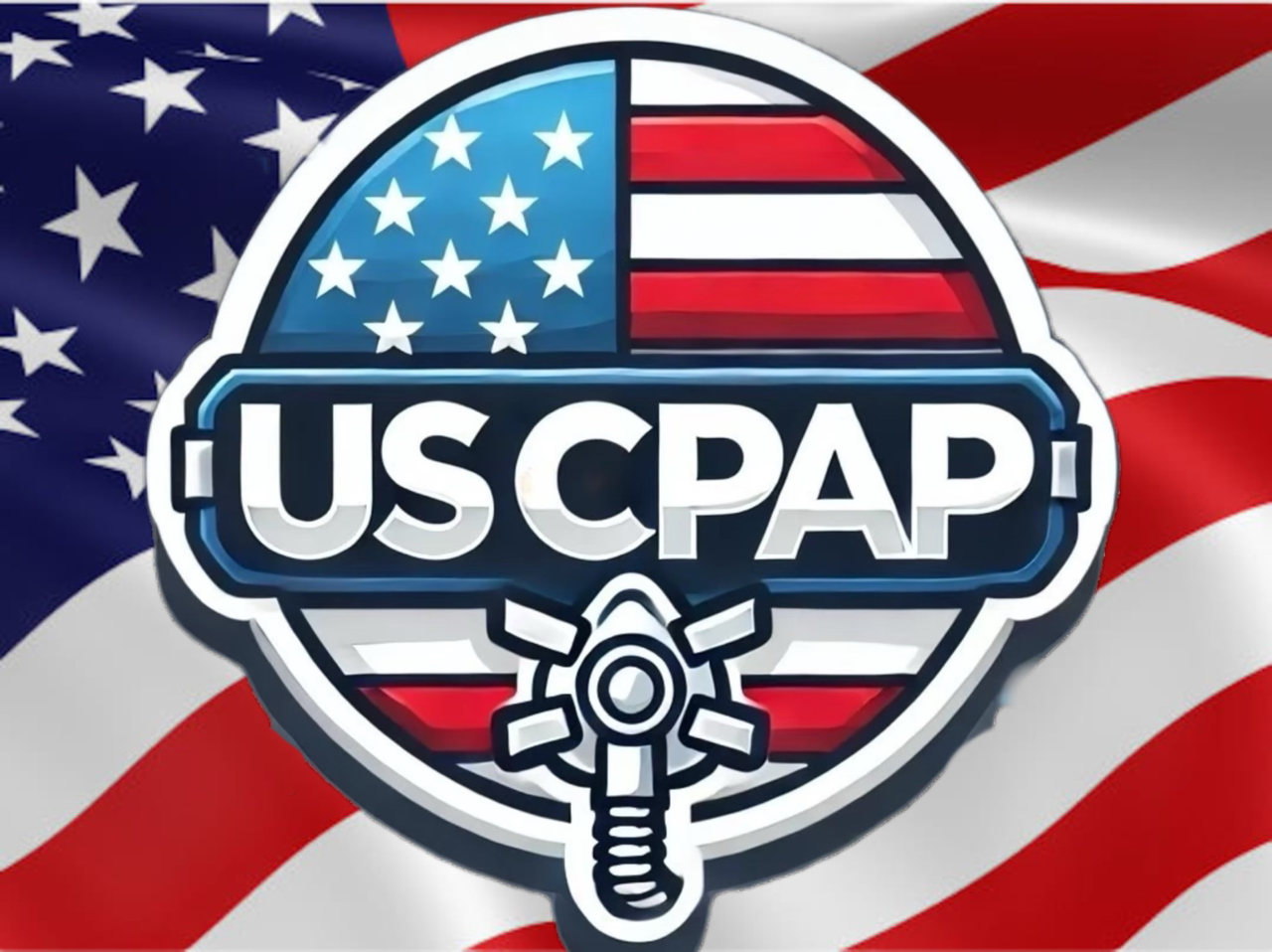
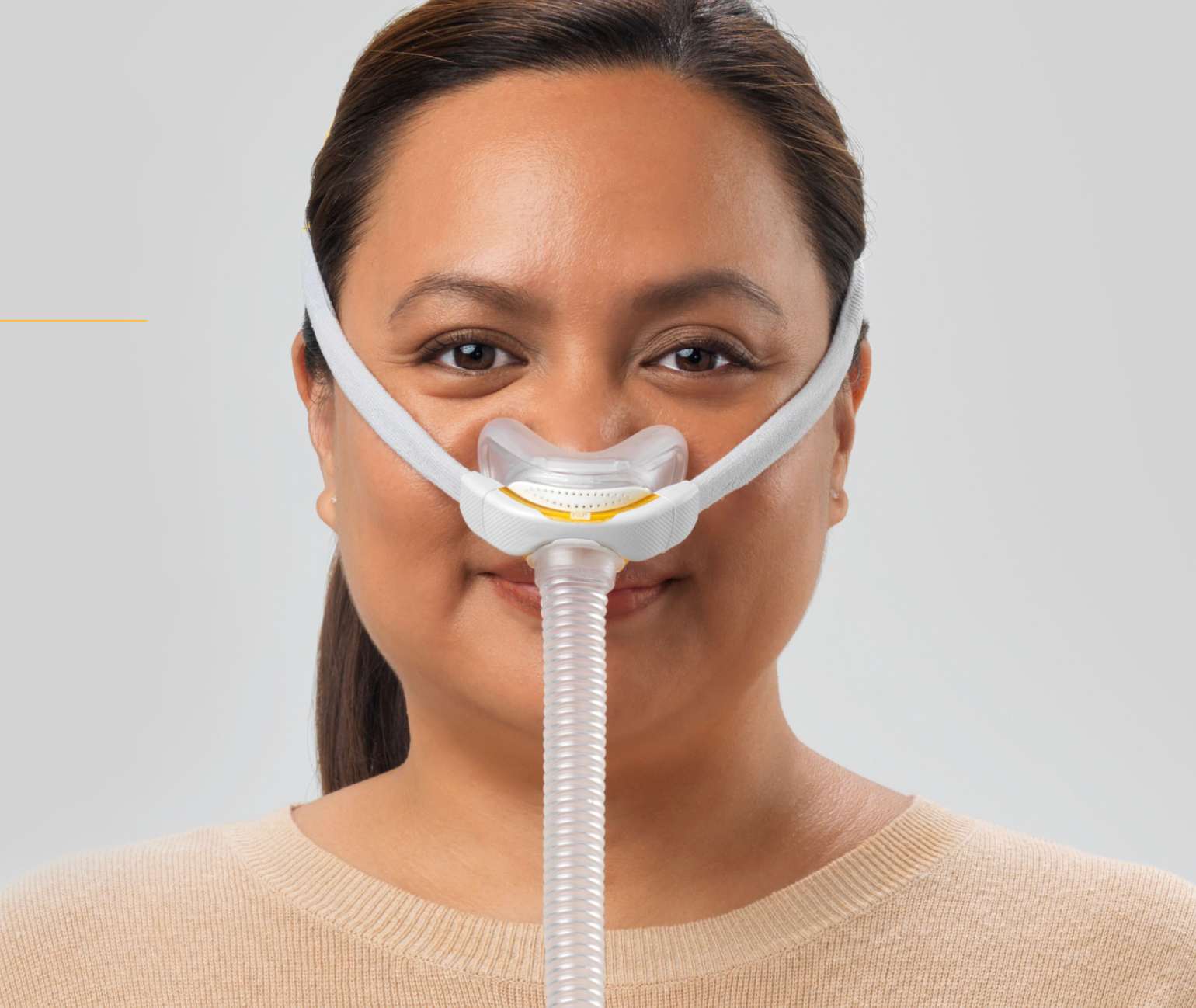
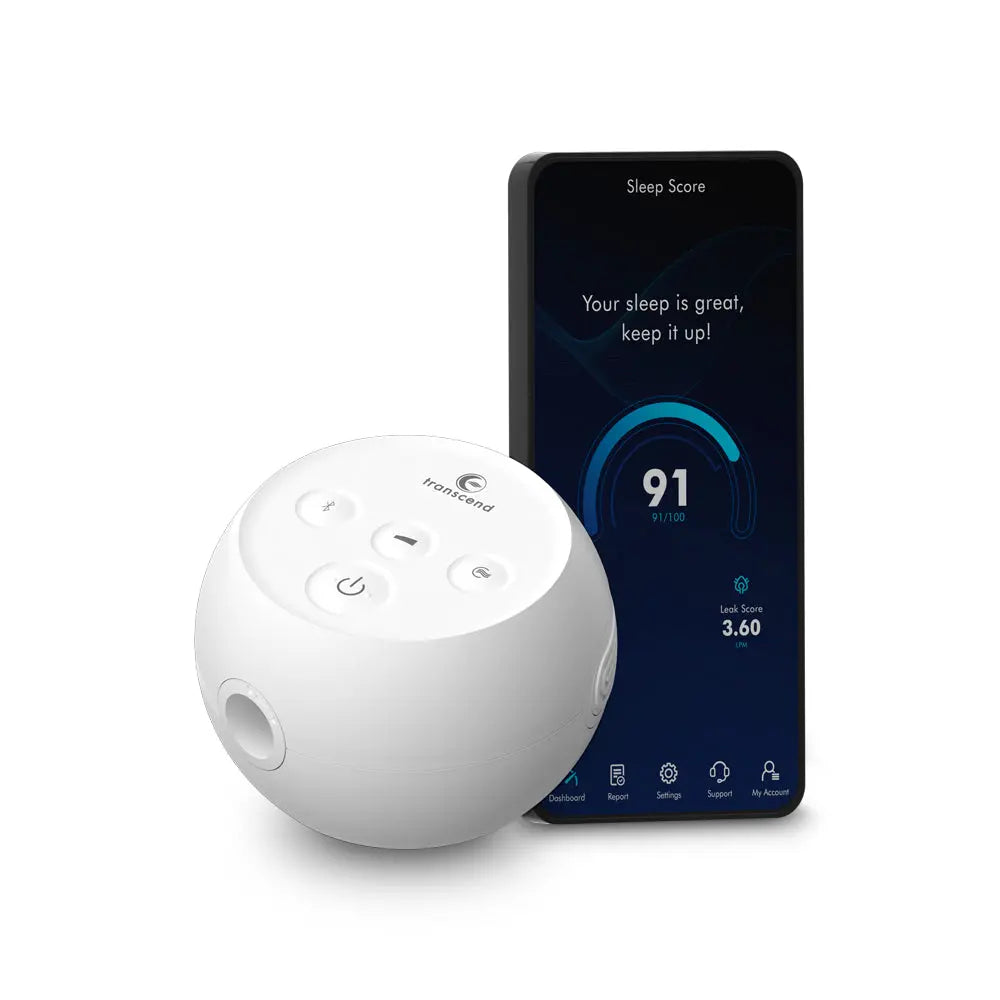
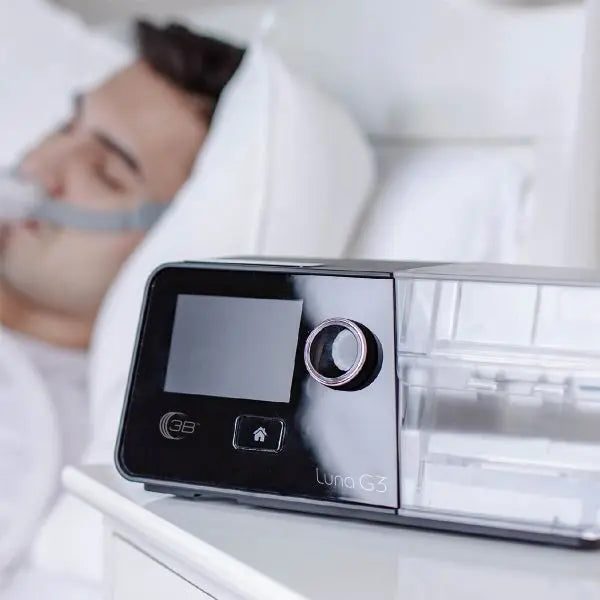
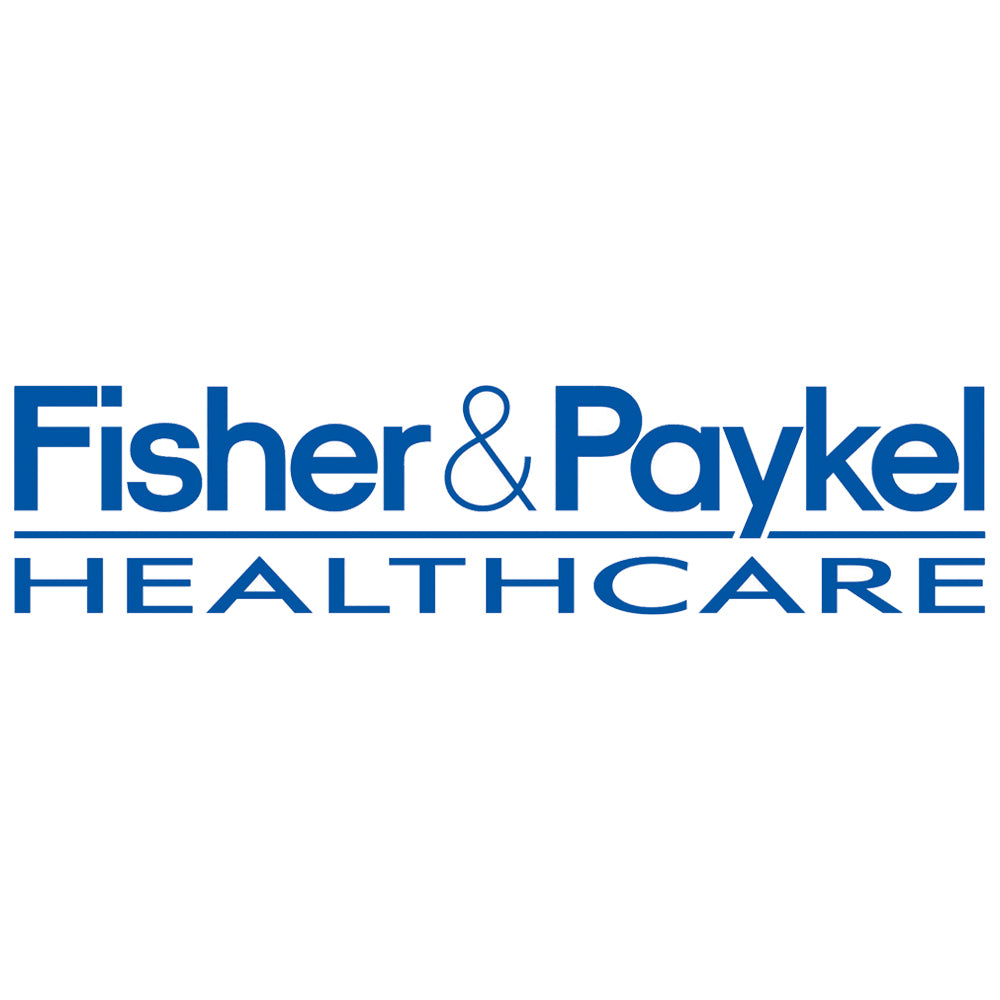


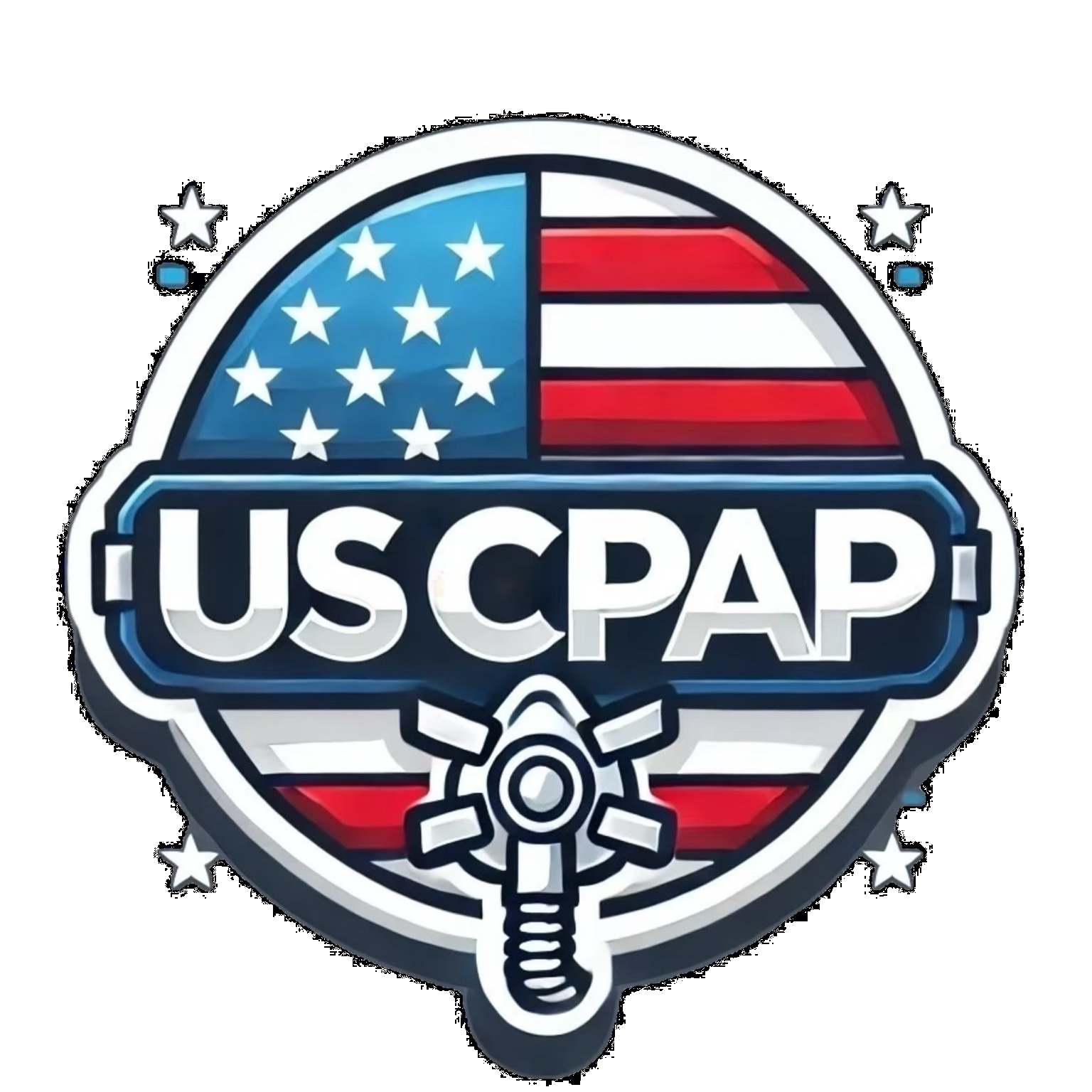
Leave a comment
This site is protected by hCaptcha and the hCaptcha Privacy Policy and Terms of Service apply.